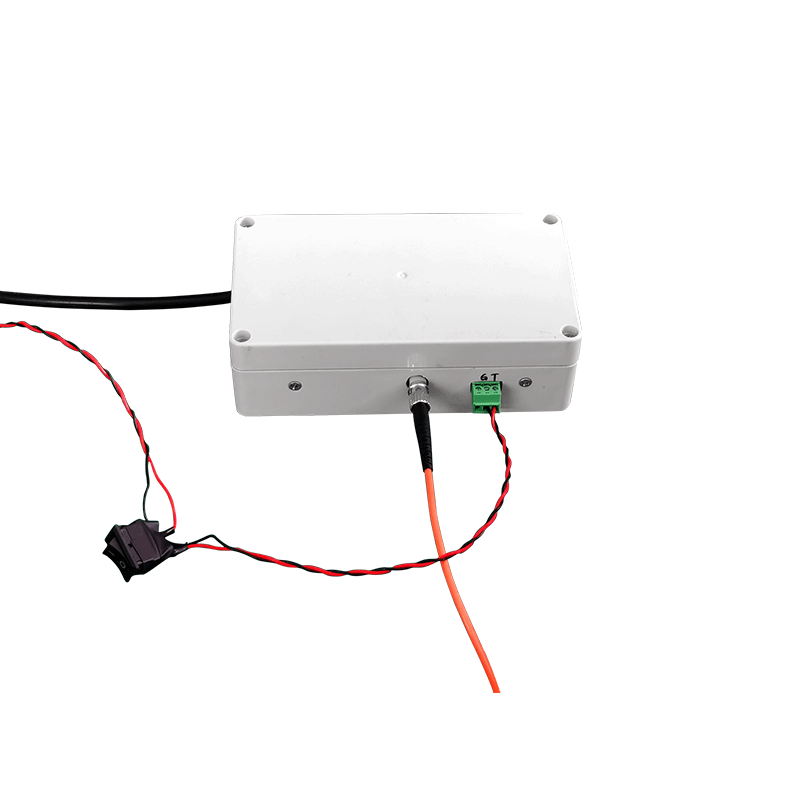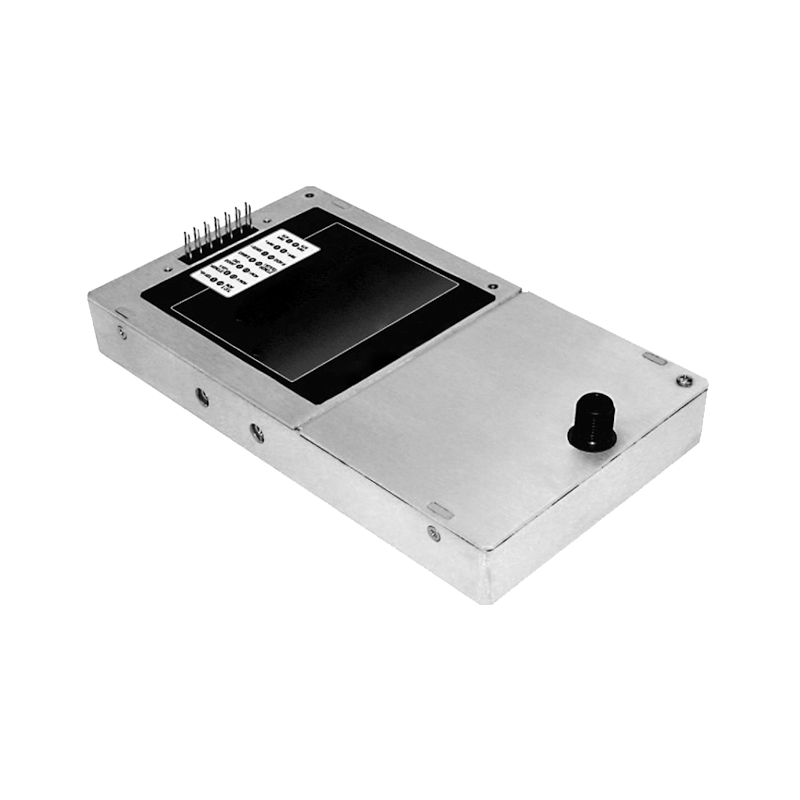Research on Imaging Optimization of High-Voltage Power Supplies in Radiographic Photography
1. Introduction
As the core component of radiographic systems, high-voltage power supplies directly impact X-ray generation quality, imaging resolution, and equipment safety. In medical diagnostics and industrial non-destructive testing, optimizing imaging quality requires breakthroughs in power supply stability, precision, and response speed to achieve low-dose, high-resolution imaging.
2. Core Parameter Optimization: Stability and Dynamic Response
Output Stability Control
Voltage fluctuations must be controlled within ±0.1%, and current fluctuations below ±0.05%. Unstable voltage shifts the X-ray energy spectrum, reducing contrast in soft tissue imaging (e.g., microcalcification detection in mammography). Modern power supplies employ closed-loop feedback control, monitoring output parameters in real-time and adjusting inverter circuits to suppress load variations.
Dynamic Response Optimization
In dynamic photography (e.g., cardiovascular interventions), the power supply must switch kilovolt values within milliseconds. High-frequency switching topologies (e.g., LLC resonant converters) reduce response time to <5 ms, avoiding motion artifacts. Pulse modulation technology further minimizes transient power surges.
3. System-Level Synergistic Optimization: Target Matching and Spectrum Shaping
Target-Power Supply Co-Design
The atomic number and thickness of the target material (e.g., aluminum, copper) determine the X-ray spectrum. The power supply dynamically adjusts electron beam energy based on target properties:
Low-Energy Imaging (<100 kV): Aluminum targets with 40-90 kV output generate photons in the 50-200 keV range (≥50% proportion), enhancing soft tissue resolution.
High-Energy Imaging (>300 kV): Tungsten targets paired with rapid voltage escalation penetrate thick components (e.g., industrial castings).
Multi-Stage Filtration and Spectrum Purification
Integrating tunable filters (e.g., copper-carbon composites) at the output end absorbs low-energy stray radiation, reducing detector noise. Monte Carlo simulations show a 20% increase in the 50-200 keV spectral ratio after optimization, significantly suppressing image noise.
4. Intelligent and Advanced Technology Applications
Adaptive Control Algorithms
AI-driven power systems predict load changes: e.g., adjusting voltage based on object thickness (from pre-scan data) to balance dose and resolution, cutting radiation by 30%.
Multi-Modal Imaging Fusion
In dual-mode DR/CT systems, power supplies enable rapid kV switching (e.g., 80 kV→140 kV). Pixel-level signal fusion combines high-contrast and high-resolution images, eliminating metal implant artifacts.
5. Conclusion and Outlook
Imaging optimization of high-voltage power supplies centers on precision control, integrating target spectrum design, dynamic response enhancement, and intelligent algorithms. Future trends include:
Quantum-Limited Power Supplies: Silicon carbide (SiC) devices enabling MHz switching frequencies for compact size and higher efficiency;
Multi-Parameter Closed-Loop Networks: Real-time feedback loops integrating radiation dose monitoring with kV/mA adjustments.
These advancements will propel radiographic photography toward lower doses and higher resolution, underpinning precision diagnostics.




















